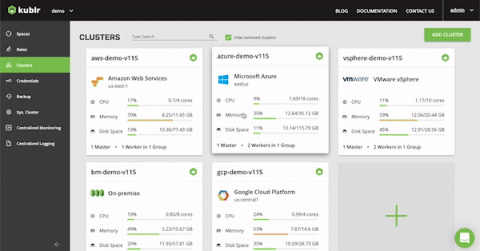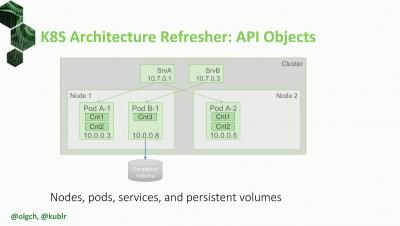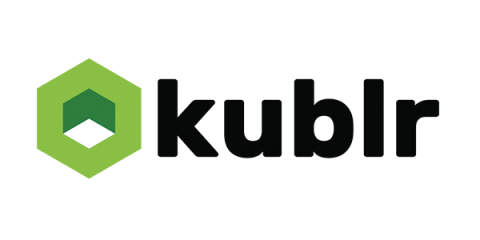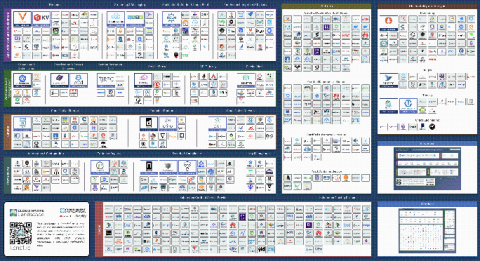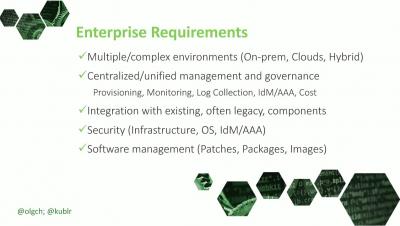Kublr 1.15 Provides Comprehensive Enterprise-Grade RBAC Management for Kubernetes
Easying enterprise Kubernetes adoption is at the core of what we do. Today, we are thrilled to announce Kublr’s simplified and comprehensive role-based-access-control (RBAC) management via the Kublr UI.


